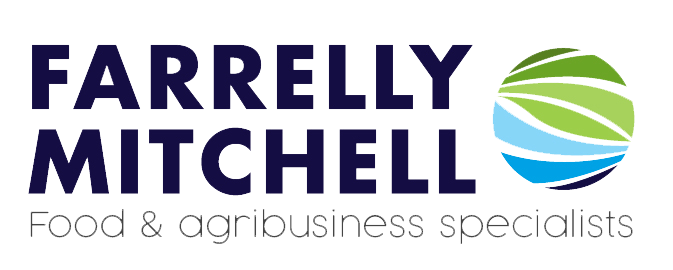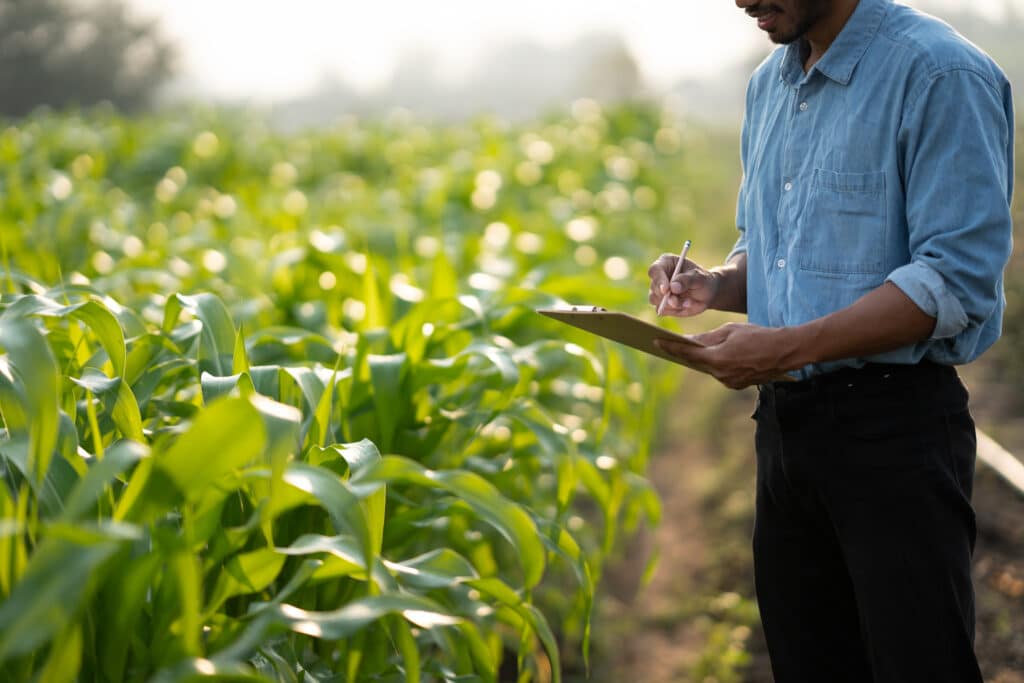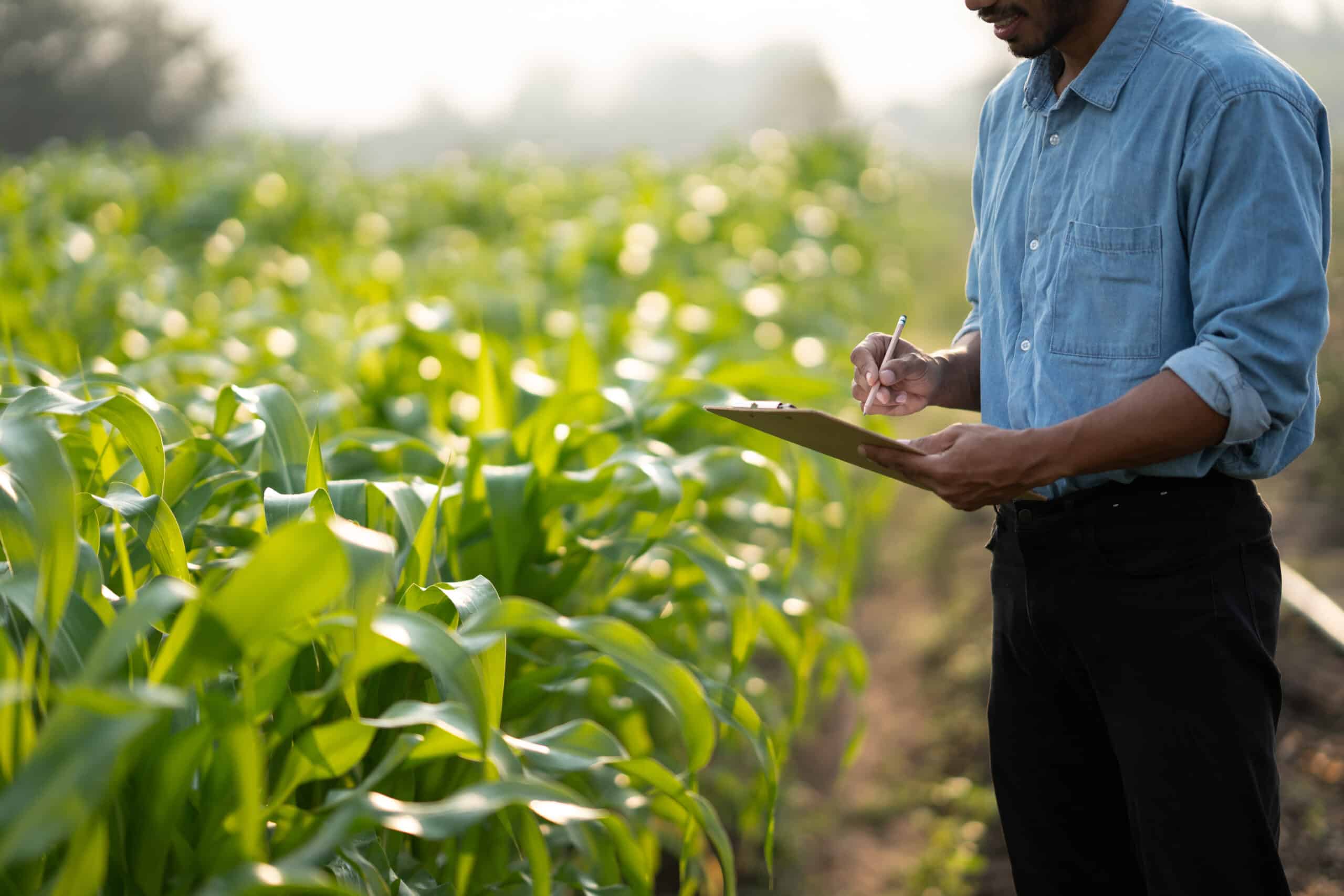Controlled environment agriculture (CEA) is a small but growing and increasingly noticeable technology-based approach to food production. The extent of investment in vertical farming technologies indicates a belief that it will continue to prove itself a contender as the world seeks to meet the demands of providing food for its rapidly growing population.
The UN expects the population to rise to around 9.7 billion by 2050 so global political and industrial leaders will need a return from technology to cope, while still satisfying the requirement to combat climate change.
COVID-19 has also fed momentum as conventional supply chains feel the strain and stakeholders look to get around disruption.
A considerable amount of investment is pouring into the sector at the moment, although much needs to be done in terms of R&D, if the technology is to fulfil its promise.
Barclays Research calculated the global vertical farming systems market was worth £2.29bn in 2019 but predicted it could reach as high as £12.3bn by 2027.
Green credentials of vertical farming systems
The environmental credentials associated with the technology present a complex picture. Water scarcity in arid regions of the world make CEA an ideal solution in many ways.
Plant Lab Analysis of Academic Literature makes some interesting comparisons.
For example, water used to grow 1kg of lettuce in an open field worked out as approximately 250 litres, in a greenhouse the figure is down to 20 litres, while in a vertical farm the corresponding figure is just 1 litre.
The space argument is compelling too. A recent study saw lettuce yield per square metre of ground space in an open field equal 39kg, while yield amounted to 100kg per square metre in a vertical farm.
On the downside critics point to the huge amount of energy required to run CEA operations, while the high upfront cost of the technology, or CAPEX, is also seen as a substantial drawback.
Proponents counter by pointing to the subsidies consistently enjoyed by conventional farming. They assert that as the technology evolves and adds to proof of concept, the financials will improve.
For now, some vertical farming system companies, who have been mainly technology actors, are also becoming farm operators and even consumer brands in a bid to bring down overall costs and become viable.
Proponents counter by pointing to the subsidies consistently enjoyed by conventional farming. They assert that as the technology evolves and adds to proof of concept, the financials will improve.
For now, some vertical farming system companies, who have been mainly technology actors, are also becoming farm operators and even consumer brands in a bid to bring down overall costs and become viable.
In addition, the tech’s backers contend that if facilities are sited close to where the produce is needed, the reduced food miles will act to claw back on emissions from energy used.
Critics also note the lack of crops (confined to a small range of herbs and leafy greens) that can currently be grown in CEA facilities, but again many see this as temporary, and ultimately ‘anything can be grown.’
Investors undeterred by potential tech drawbacks
Critics also note the lack of crops (confined to a small range of herbs and leafy greens) that can currently be grown in CEA facilities, but again many see this as temporary, and ultimately ‘anything can be grown.’
Despite room for improvement, investors have seen enough to gamble on a bright future.
These include Japanese media giant SoftBank, Alphabet’s Eric Schmidt and outgoing Amazon boss Jeff Bezos’ funding of San Francisco vertical farming systems start-up Plenty. The aptly named Plenty has now raised more than $500m in venture funding.
The Middle East is leading the way, with the world’s largest vertical farm being built in Dubai, by a joint venture between US firm Crop One and Emirates Flight Catering.
The $40m, 130,000 sq ft-controlled environment facility will produce 6,000 pounds of high-quality, herbicide and pesticide-free leafy greens, harvested daily.
Meanwhile AeroFarms last year announced it was building a 90,000 sq ft vertical farming facility in Abu Dhabi, which will be the world’s largest indoor agriculture research centre.
Designing productive and efficient vertical farming systems
Through efficient resource use and increased yield, controlled environment agriculture holds great potential to contribute significantly to sustainable agriculture practices and water management in arid regions. However, the challenges of high energy consumption and the initial capital expenditure (CAPEX) associated with these systems highlight the need for strategic investment, risk analysis, and financial feasibility assessments.
At Farrelly Mitchell, we closely monitor the evolution of controlled environment agriculture (CEA) as it represents a significant shift towards sustainable, tech-driven food production. Our expertise in agtech, sustainability and esg, and operations improvement offers critical insights for businesses navigating the burgeoning CEA landscape. We can assess the viability of these systems and deliver actionable recommendations on crop selection, design layout, and much more. To learn more, connect with Farrelly Mitchell today.














